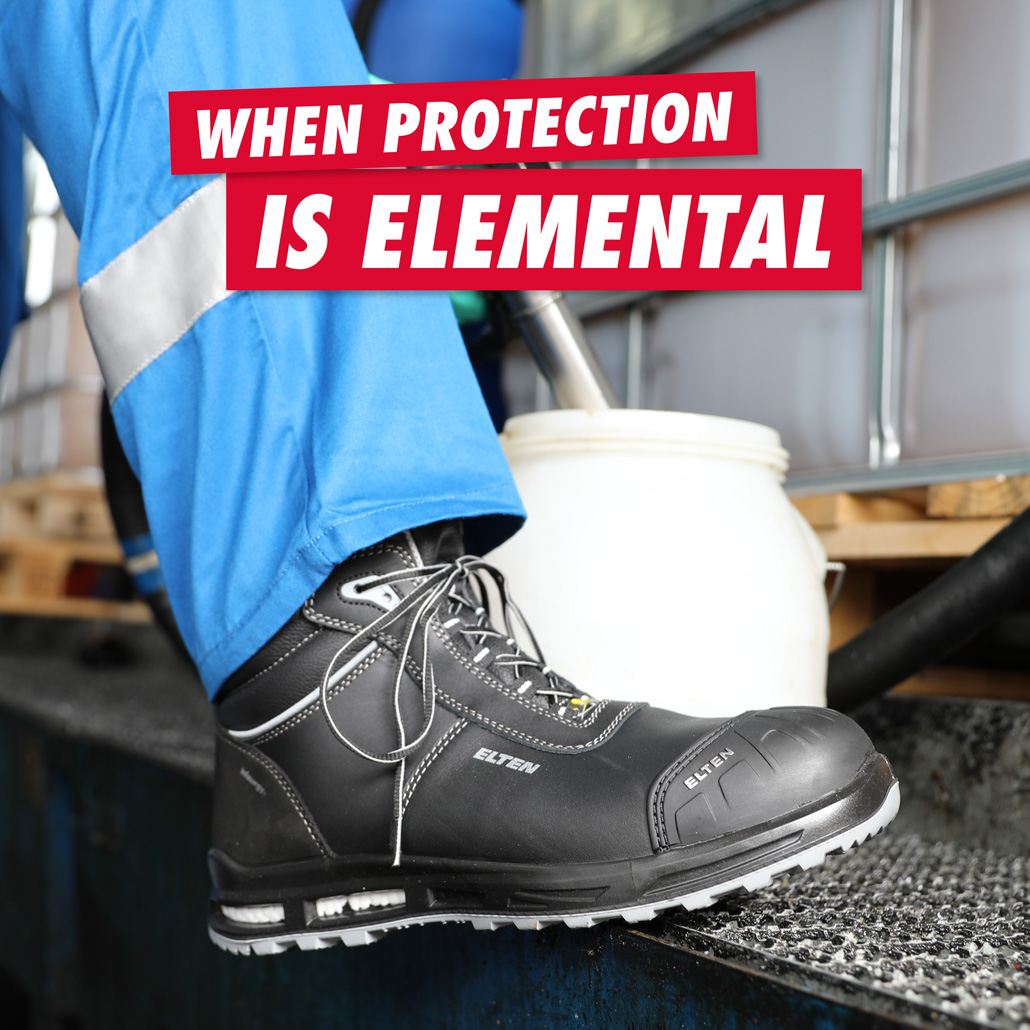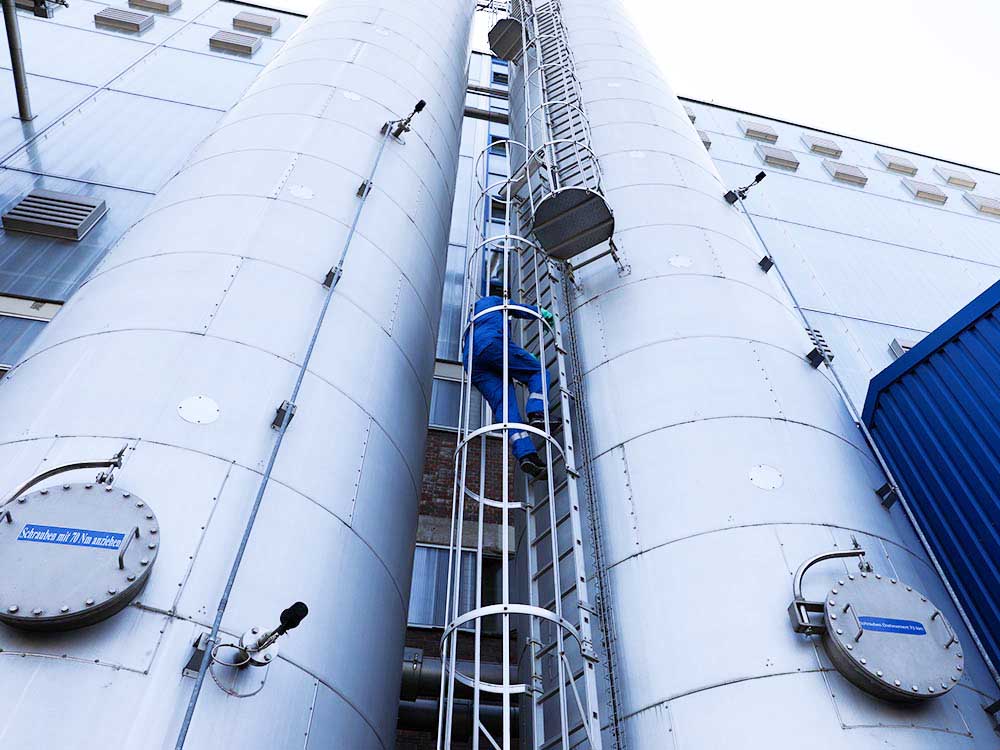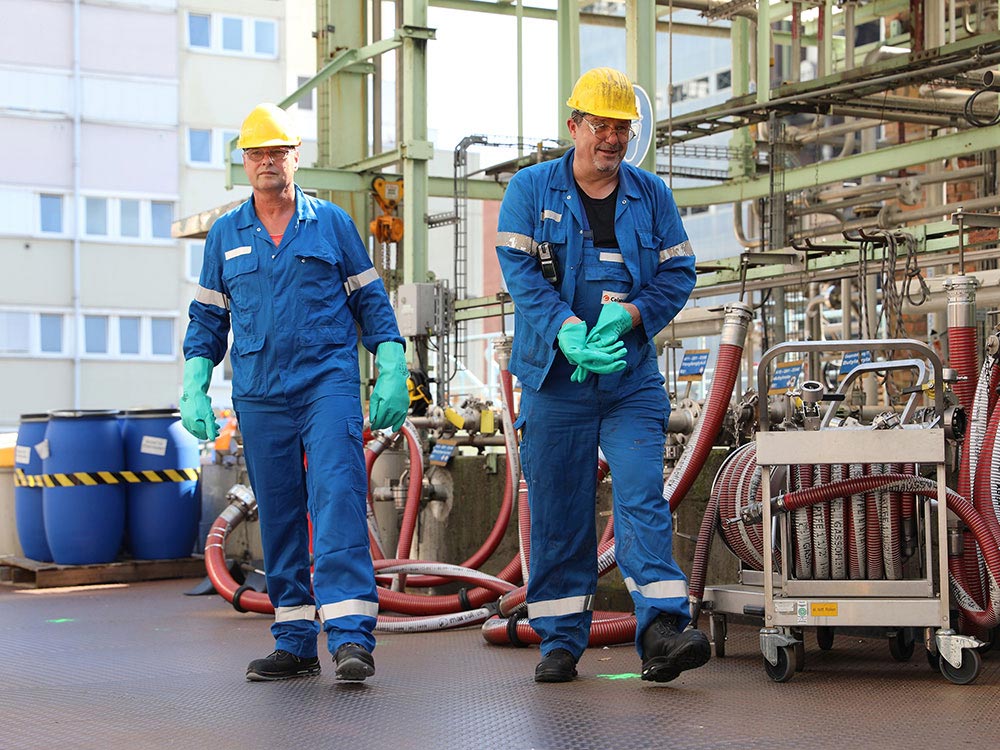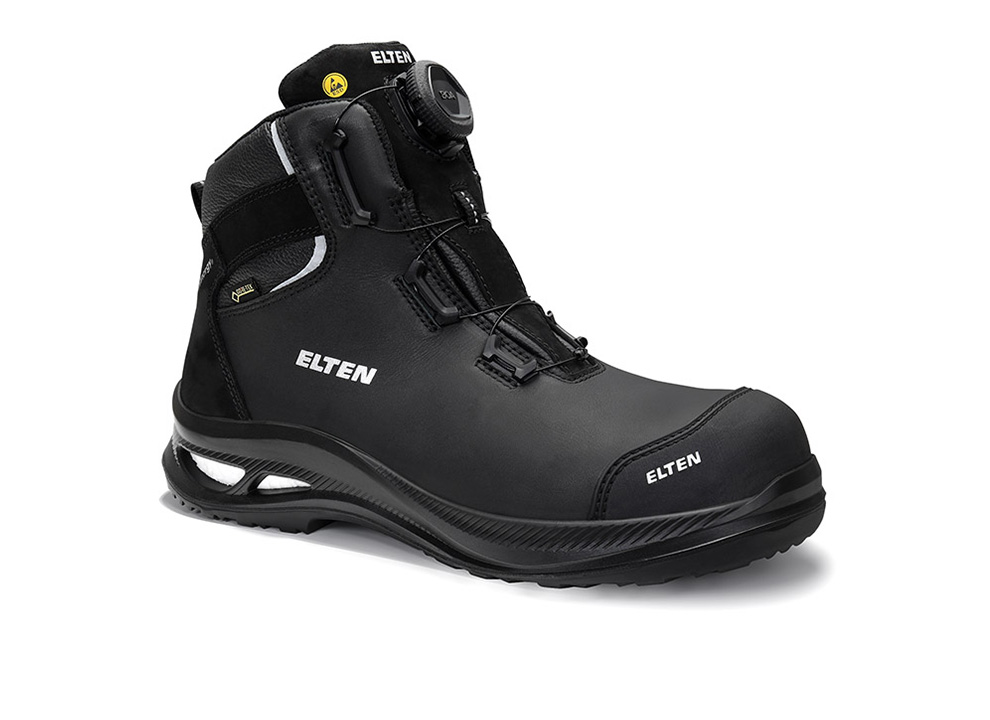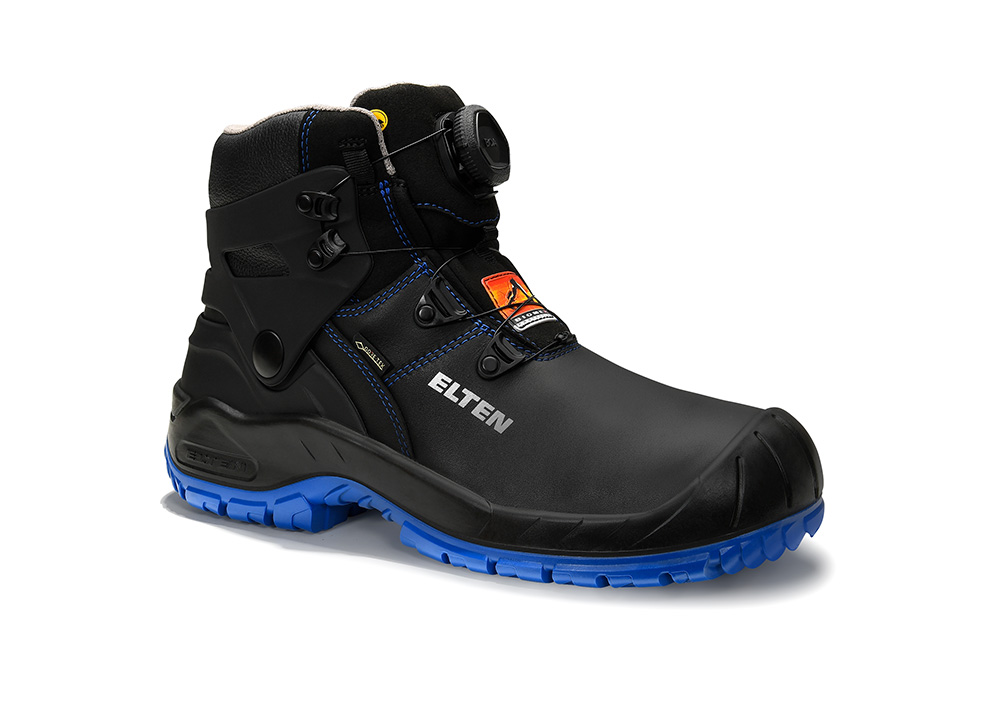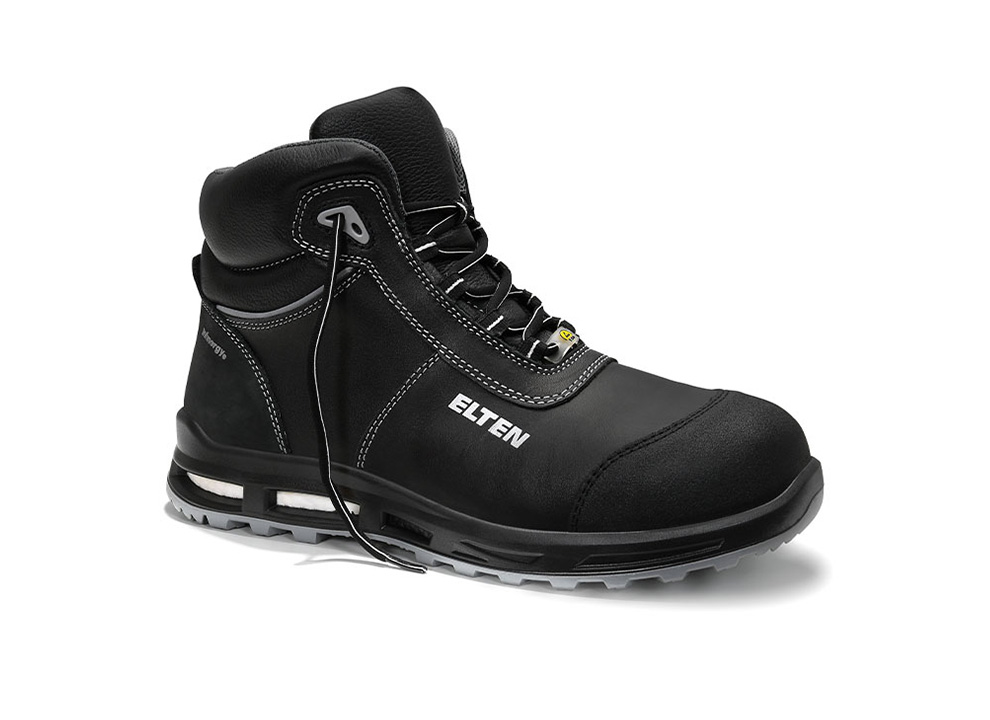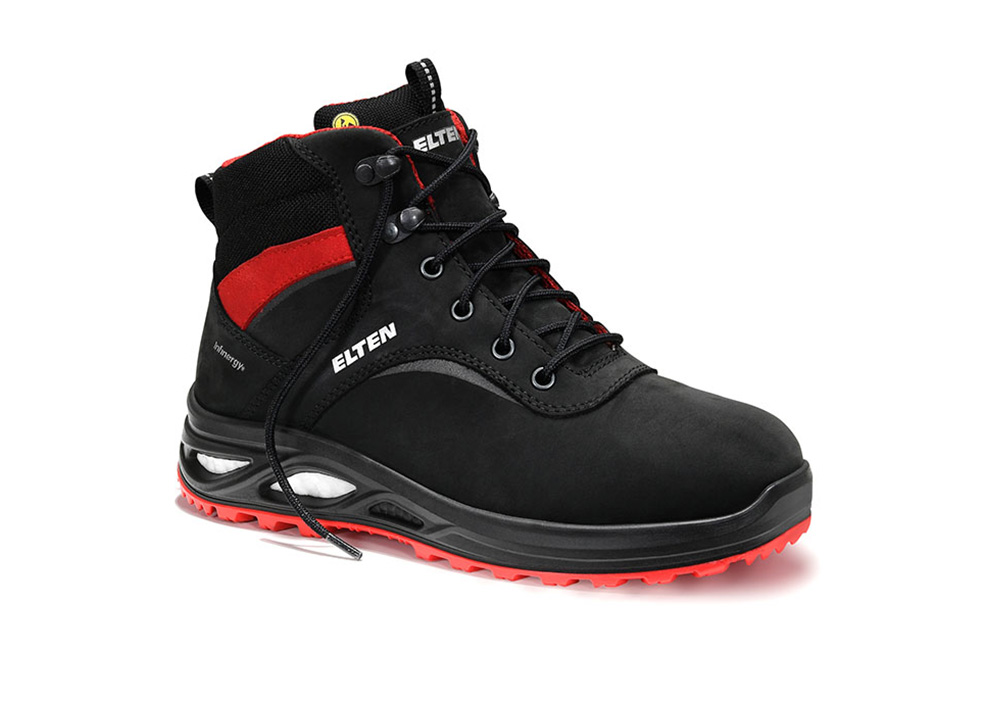Anyone entering the industrial park is first greeted with a sound check: the different sirens that sound in case of an emergency and provide different instructions according to their sound. For example, a five-second continuous tone that repeats after a three-second pause is a gas alarm. If you hear this, you have to seek shelter in the nearest building perpendicular to the wind direction. Only those who have proven in a test that they know the different siren tones and also know that the industrial park is a 30 km/h zone and that rail vehicles always have priority, are allowed to enter the site.
Walking miles in safety shoes
In one of these chemical plants are so-called “multi-purpose facilities”, impressive structures made up of seemingly endless tubes and pipes leading to a reactor. “Some of these pipelines are still from the year 1950. Generally, they last about 30 to 40 years. It depends on the stress and the usage value,” explains plant operator Dirk. He walks up to ten kilometers daily in his safety shoes on hard floors without rebound properties. “It’s very important that the shoes are comfortable and fit well,” he says. Currently, he wears Terence XXG PRO BOA® GTX black Mid ESD S3 HI CI from the WELLMAXX series by ELTEN.
The S3 safety boot has a midsole with a sole core made of the extremely resilient high-tech material Infinergy® from BASF. It practically compensates for the lack of floor cushioning, and Dirk still feels light on his feet even after a long work day. “The difference to shoes without cushioning is evident. In my old shoes, I always had problems with my Achilles tendon. I don’t notice that anymore with the Terence.”
Good grip on ladders and steps
Dirk climbs up to the reactor, surrounded by a platform, using a rung ladder. In one hand, he holds a torque wrench the size of a thigh bone. With it, he opens the manhole cover of the reactor to check if the container is dirty. “We have many such ladders and steps in the company,” says safety officer Matthias. An important feature of the safety shoes worn in the company is therefore a heel edge, like the “Terence,” but also “Reaction XXT” and “Renzo Biomex GTX Boa” have. The heel edge provides better grip on ladders.
Ankle guard Biomex Protection©
The “Renzo” also has the Biomex Protection© ankle guard. The flexible cuff is firmly anchored in the shoe’s midsole area. When tensile and compressive forces act simultaneously – as is often the case in twisting accidents – it provides stability to the foot and guides it back into its natural movement. “You don’t notice the cuff when wearing it. Only in critical situations do you feel that it actually helps,” says Matthias, adding: “Most foot accidents here in the company are caused by twisting.” This is true in many companies: According to the German Social Accident Insurance (DGUV), there were about 135,000 injuries to the ankle and foot nationwide in 2022 – almost two-thirds of these are injuries to the ankle joint. In the production of chemical products, the DGUV counted a total of 4,428 injuries to the ankle and foot between 2018 and 2022. Accidents involving temporary workers are not included in this number.
Waterpoof thanks to Gore-Tex
In addition to ladders, the different floor types are also possible sources of danger for foot accidents in chemical plants. Concrete, tiles, checker plates, and gratings all have different grip properties and therefore require a sole with a firm grip. It also has to be extremely slip-resistant. When cleaning the large filters, for example, the red-brown tiled floor quickly turns into a slippery, greasy surface. Dirk uses a hoist to pull the thick, round, hole-filled metal filter out of the reactor’s manhole opening. He then sprays off the white residues from production with a water hose. “The safety shoes must have a slip-resistant rubber sole,” explains safety officer Matthias. Rubber because it is more resistant to chemicals. “For this reason, the combination of leather plus Gore-Tex membrane is also important for the upper material,” he adds.
Waterproof shoes are not only important when cleaning the filters but also when pumping raw materials into IBC containers and drums or when transferring them into smaller containers and barrels.
“It can always happen that the shoe gets wet,” Matthias knows. In case of contamination with chemicals, the shoes must be changed immediately. “Each of us has several pairs of safety shoes. When things have to go quickly, it’s good if there are no annoying shoelaces,” says plant operator Dirk, demonstrating how quickly he slips out of the shoe thanks to the BOA® Fit System dial. “With shoelaces, it would take longer,” he knows.
Showers for emergencies
There are quite a few chemicals in the company’s raw material warehouse. Numerous names that are complicated for laypeople can be read on the large and small containers. On pallets, there are IBC containers and drums of different sizes in metal frames. Right next to them, and not to be overlooked, is the decontamination shower. It comes into use when more than just a shoe change is needed. “But luckily, that doesn’t happen often,” says Matthias. After all, safety is a top priority throughout the entire industrial park – and thus also in this company.


